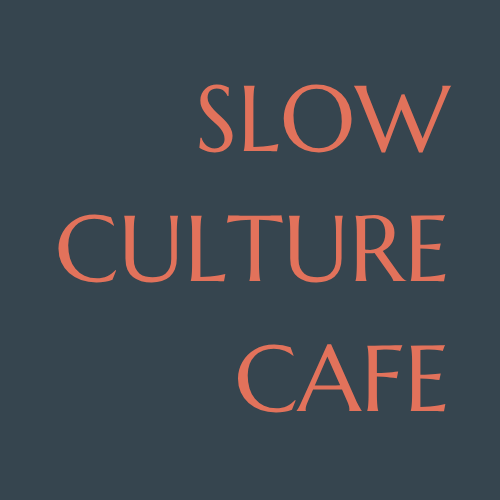When Machines Dream with Us: The Rise of AI-Generated Art
Once confined to the experimental fringes of the digital world, AI-generated art is now stepping confidently into the mainstream. From gallery walls in New York to curated feeds on Instagram, we’re witnessing a quiet revolution: artists are no longer just using artificial intelligence—they’re collaborating with it.
AI determines our entire lives. Now and in the future.
Even if this still sounds strange and foreign to many people at the moment, AI will become a very important part of our everyday lives and will also shape art now and in the coming years. We see opportunities here to completely rethink and use digitalization in a completely different way with the help of AI. Works of art will be created that were previously unthinkable.
This isn’t a story of man versus machine. It’s one of man with machine. Artists are learning to speak the language of algorithms, not to surrender creativity, but to expand it. The brush is no longer the only tool of choice; the prompt, the model, the dataset—they’ve joined the artist’s toolkit.
At its heart, AI-generated art is about co-creation. The artist brings intention, emotion, and vision; the AI contributes speed, pattern recognition, and endless variation. It’s an intricate dance—one in which the lines of authorship blur, but the possibilities bloom.
Some artists use AI like a chisel—refining their concepts, pushing boundaries, generating hundreds of visual variations in seconds. Others treat it like a muse, prompting models like DALL·E, Midjourney, or Stable Diffusion to conjure surreal dreamscapes or haunting portraits that blend realism with fantasy. And then there are those who lean into code as poetry, creating art that evolves over time or responds to viewers in real-time.
One striking example is the work of Refik Anadol, whose data-driven installations turn information into immersive, meditative environments. Using AI models trained on vast image archives, he transforms memory, sound, and space into living visuals—art that breathes with machine logic and human awe.
Then there’s the poet-programmer community, exploring the edges of language generation, where AI crafts not just visual work but narrative, tone, rhythm. A sonnet shaped by silicon? A story imagined by neural networks? What was once science fiction now pulses through exhibitions and artist residencies around the globe.
The Milan Art Institute asked ChatGPT if it plans to destroy the art world, April 11 2025
Critics may ask, is it really art if it’s made by a machine? But the better question might be: if art is about evoking emotion, provoking thought, and challenging form, does it matter how it was made? Many of today’s most compelling digital pieces invite not just admiration, but dialogue—about authorship, creativity, and the very nature of being.
What makes this movement especially powerful is its accessibility. With open-source models and user-friendly platforms, creative tools that were once limited to coders or tech insiders are now in the hands of painters, photographers, writers, and dreamers. The barrier between artist and engineer is dissolving.
Of course, ethical questions remain—about authorship, originality, bias in training data, and the sustainability of computation-heavy models. These are necessary conversations. But they don’t diminish the reality that we are witnessing an expansion, not a replacement, of creativity.
AI-generated art is not cold. It is not soulless. It is not devoid of intention. Rather, it reflects a new kind of intimacy between human and machine—an invitation to imagine differently.
Perhaps we should not fear this future, but embrace it as a mirror. In the strange, shimmering surfaces of AI art, we catch glimpses of our own curiosities, contradictions, and hopes. When we dream with machines, we stretch the boundaries of our imagination—and discover new ways to be human.

